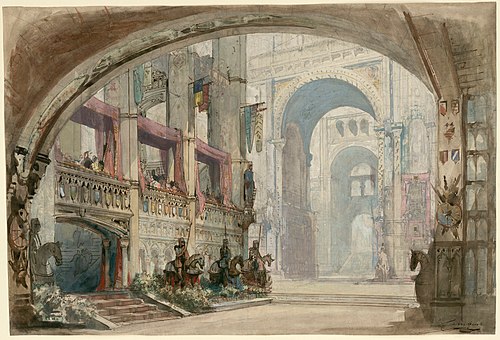From today's featured articleThe white swamphen (Porphyrio albus) was a rail found on Lord Howe Island, east of the Australian mainland. All contemporary accounts and illustrations were produced between 1788 and 1790, when the bird was first encountered by British ship crews. Today, two specimens exist: one in World Museum (pictured) in Liverpool, England, and the holotype in the Natural History Museum of Vienna. It is thought to have been most similar to the Australasian swamphen. The white swamphen was 36 to 55 cm (14 to 22 in) long. Contemporary accounts indicate that individual bird plumage was white, blue, or mixed blue-and-white. The bird's bill, frontal shield and legs were red, and it had a claw (or spur) on its wing. It was probably either flightless or a poor flier; this and its docility made the bird easy prey for visiting humans, who killed it with sticks. Reportedly once common, the species may have been hunted to extinction before 1834, when Lord Howe Island was settled. (Full article...)
Recently featured:
Did you know ...
|
In the news
On this day
|
Today's featured picture

|
|
Robert Bruce is an 1846 pastiche opera in three acts, with music by Gioachino Rossini and Louis Niedermeyer to a French-language libretto by Alphonse Royer and Gustave Vaëz, after Sir Walter Scott's History of Scotland. The music was stitched together by Niedermeyer, with the composer's permission, with pieces from La donna del lago, Zelmira, and other Rossini operas. The work was premiered on 30 December 1846 by the Paris Opera at the Salle Le Peletier. This illustration is the set for act 3 of the opera, taking place in the ramparts of Stirling Castle, designed by Charles-Antoine Cambon. Set design credit: Charles-Antoine Cambon; restored by Adam Cuerden
Recently featured:
|
Other areas of Wikipedia
- Community portal – The central hub for editors, with resources, links, tasks, and announcements.
- Village pump – Forum for discussions about Wikipedia itself, including policies and technical issues.
- Site news – Sources of news about Wikipedia and the broader Wikimedia movement.
- Teahouse – Ask basic questions about using or editing Wikipedia.
- Help desk – Ask questions about using or editing Wikipedia.
- Reference desk – Ask research questions about encyclopedic topics.
- Content portals – A unique way to navigate the encyclopedia.
Wikipedia's sister projects
Wikipedia is written by volunteer editors and hosted by the Wikimedia Foundation, a non-profit organization that also hosts a range of other volunteer projects:
-
Commons
Free media repository -
MediaWiki
Wiki software development -
Meta-Wiki
Wikimedia project coordination -
Wikibooks
Free textbooks and manuals -
Wikidata
Free knowledge base -
Wikinews
Free-content news -
Wikiquote
Collection of quotations -
Wikisource
Free-content library -
Wikispecies
Directory of species -
Wikiversity
Free learning tools -
Wikivoyage
Free travel guide -
Wiktionary
Dictionary and thesaurus
Wikipedia languages
This Wikipedia is written in English. Many other Wikipedias are available; some of the largest are listed below.
-
1,000,000+ articles
-
250,000+ articles
-
50,000+ articles



